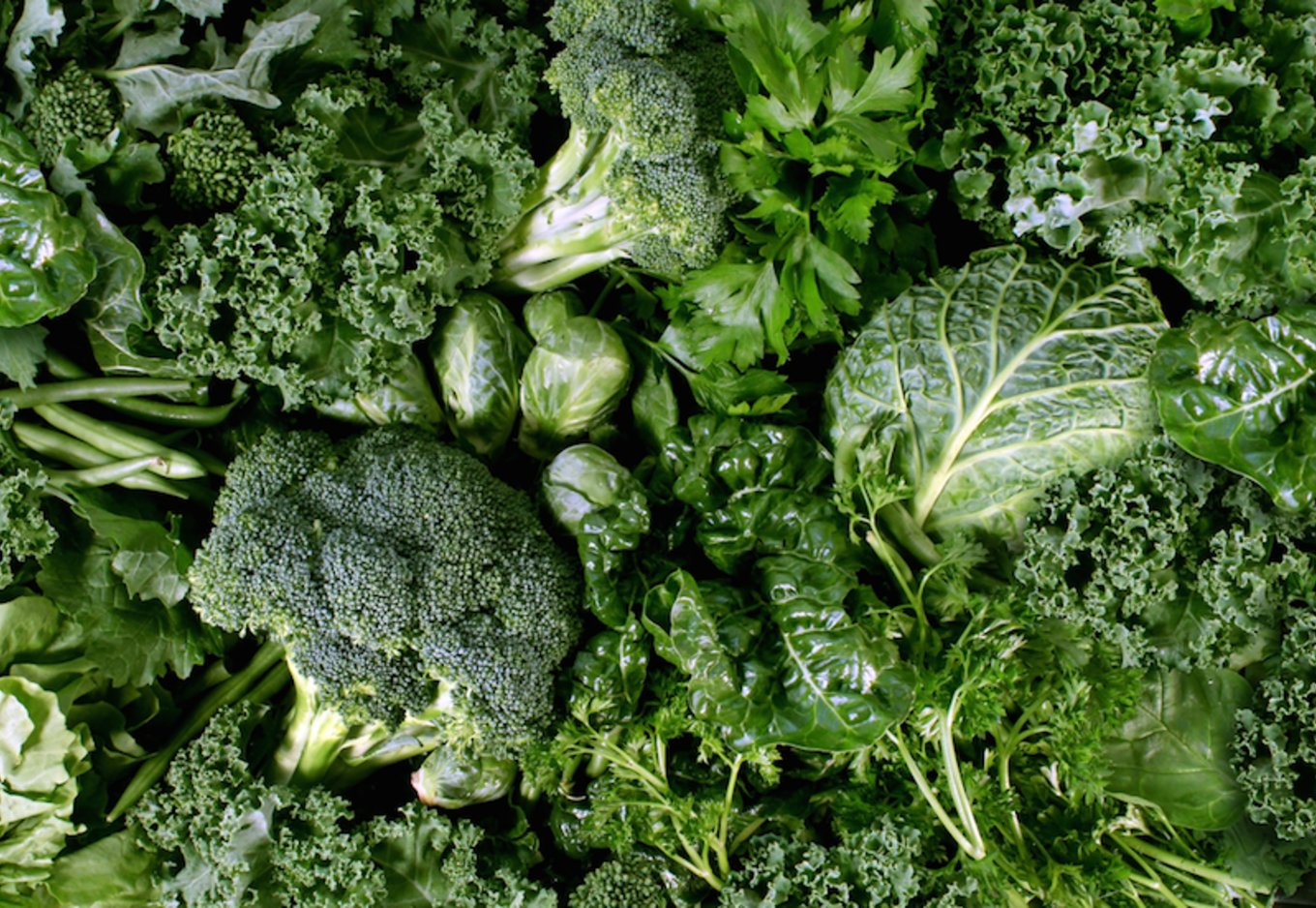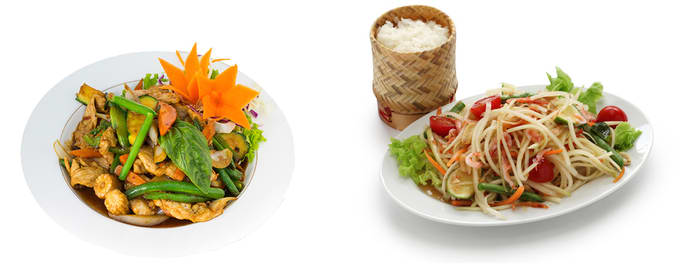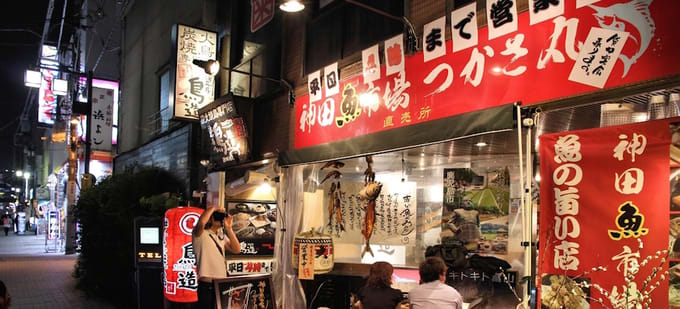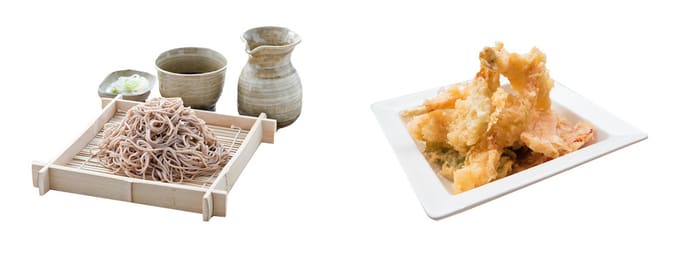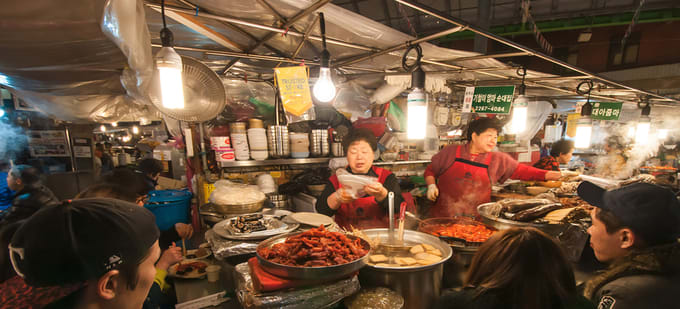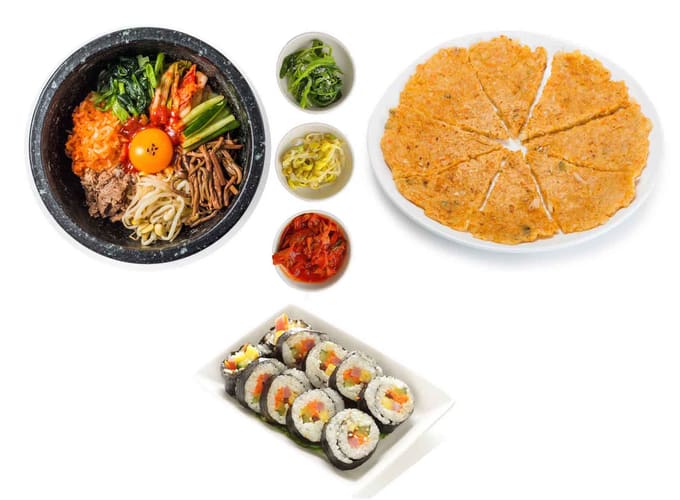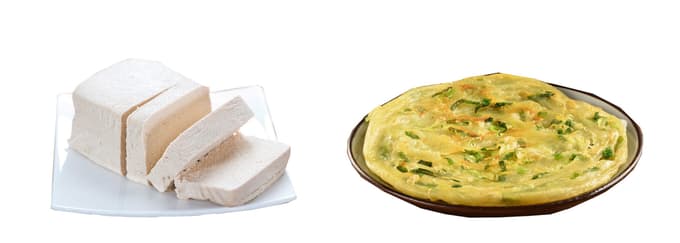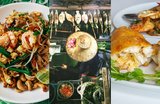No one’s ever going to tell you that travelling as a vegetarian is easy, especially in Asia. Seafood is a major component of most Asian diets, and seemingly harmless dishes are often doused in fish sauce or cooked in a broth that contains meat or fish. Vegetarianism is a concept that’s increasingly catching on, but don’t be surprised if you’re still met with blank stares when you try tell a local stall owner that you’re a veggie.
However, if you’ve been hearing horror stories about lifelong vegetarians sacrificing their ways to survive in Asia, take no notice. You might need to be a bit more patient than fellow carnivorous travellers, but there’s many ways to get your fill without surrendering your normal eating habits. Learning a few key phrases is an absolute must, as you can’t always rely on the ‘picture pointing’ technique. It’s also good to know a few staple specialities that you’re bound to find in any restaurant, so that you’ve always got a back up option if all else fails.
Listed below is a country-by-country guide to getting by in Asia. We’ve tried to keep it short so that you’re not overwhelmed with hundreds of new foreign words and alien sounding dishes. You might also want to check out HappyCow when you’re out and about, as it’s a really useful source for finding vegetarian and vegan restaurants wherever you are in the world.
Thailand
Thailand is known for being a haven for pork lovers, and you probably won’t be too chuffed to hear that nam pla (น้ำปลา), fish sauce, is one of the most widely used flavouring ingredients. But as far as Asian countries go, Thailand is a bit of a blessing for vegetarian travellers. The food is almost always made fresh to order, so you can normally just ask for your food to come without the meat or fish component. Thai cuisine is also famed for blending diverse elements in exotic mixes, and boasts dishes that are simultaneously spicy, sweet, sour, salty and bitter. So if you’re willing to put in a bit of effort and learn a few key phrases, you’re bound to unlock some of the most exciting and dynamic vegetarian dishes out there.
What To Say
Even before you order, it’s probably best to let your waiter know that you’re a vegetarian. The literal phrase for this is a bit wordy – “ben mang sa wirat” (เป็นมังสวิรัต) – so if don’t totally trust your Thai, you might want to keep it simple with “gin jay” (กินเจ). There’s no harm in repetition; so if you’re even slightly worried that you haven’t got the message across, try saying that you want your food without meat. The phrase is “mai gin neua sat” (ไม่กินเนื้อสัตว์).
What to Order
Pad Gra Pao Het Jay (ผัดกระเพราเห็ดเจ) is a must try for spice-lovers. Mushrooms are stir fried with chillies and basil on a high heat to produce a dish that’s bursting with fiery flavors. Served on a bed of rice, it’s a filling option that’s not for the faint-hearted.
If you fancy something slightly healthier, try the vegetarian friendly version of Som tam Thai (ส้มตำไทย) – green papaya salad. This delicacy is usually served with shrimp and fish sauce, so you’ll need to ask for it without the dried shrimp – “mai sai goong haeng” (ไม่ใส่กุ้งแห้ง) – and without the fish sauce – “mai sai nam bplaa” (ไม่ใส่น้ำปลา). Forget limp lettuce-based salads; this dish is full of interesting flavors, combining savoury, spicy and sour in every mouthful.
Japan
If you’re a pescetarian, you’ll be pleased to hear that you’ll have no trouble getting your fill in Japan. The Japanese are known for being absolutely fish-mad and it’s a central component of their diet – so much so that it’s often presumed that a bejitarian or saishokushugisha (both used to describe a vegetarian) will still eat fish. Tip number 1 is therefore to make sure that you don’t just rely on saying that you’re a veggie – unless you’re willing to chance a few shrimps turning up in whatever you’ve ordered.
Another thing that many vegetarians in Japan find frustrating is the fact that dashi (fish stock) is used as a base for flavouring in most meals. However, if you’re willing to be a little ruthless on your food hunts, you’ll easily discover the interesting and unique range of vegetarian dishes on offer. Tofu lovers, for one, will be in their element trying the many variations of this Japanese staple, and soy fans should definitely check out the range of traditional products available.
What to Say
As mentioned already, you might not get too far simply stating that you’re a bejitarian or saishokushugisha. If you want to be really clear, and you’re pretty confident that you’ve got the Japanese accent down to a tee, try saying that you don’t eat meat or fish. The phrase you want is “watashi wa niku toh sakana wo taberarimasen” – a mouthful, we know.
If you’re not up to that challenge, you can simply say “I don’t want X” with the phrase “X wa taberemasen”. Here’s a few key words for the foods you might be looking to avoid:
doubutsu – animal
butaniku – pork
gyuuniku – beef
sakana – fish
toriniku – chicken
What to Order
You’ve already been warned that fish stock is used to flavour the majority of meals, so unless you’re really confident that the waiter understands your requirements, avoid ordering broth-based dishes. Look out for some of these tasty treats instead, to get your fill without the fear of accidentally encountering unwanted elements…
Vegetable Tempura Donburi is a serving of deep fried vegetables over a bowl of rice – so there’s no way you’ll be hungry after tucking into this indulgent snack. It might not be the healthiest meal out there, but no one can resist a deep fried dinner every once in a while. There are a lot of fancy tempura restaurants to chose from, but if you’re on a budget you might want to try Tenya – a cheap chain where you’ll find this dish for just US$ 7. Make sure you order the vegetable option, or clearly state that you don’t want any fish using one of the phrases above!
Zaru Soba is a simple, but highly satisfying speciality. It consists of chilled Soba (buckwheat) noodles with tsuyu dipping sauce, and is a really refreshing option for when the summer humidity hits! The Soba is a healthy addition to the dish and has a really wholesome flavour, so it’s definitely one to try if you’re feeling like you need a health kick whilst you’re away.
Korea
A traditional Korean meal usually consists of rice accompanied by various different side, also known as banchan (반찬) which are complimentary with any meal . Side dishes often consist of marinated vegetables like spinach and beansprouts, various different types of kimchi and pickled radish. The side dishes are a meal in itself so when dining solo never fear you’ll have some variety. Koreans however are particularly fond of meat as you will find if you visit any traditional Korean restaurant. Most dishes even if they appear not to have meat they will often have a meat stock or little bits of meat throughout it.
What To Say
In Korea you can simply say Jeoneun chaeshikjooeeja imnida (저는 채식주의자입니다.) which simply means “I’m a vegetarian”, this may seem like a bit of a mouthful so if it’s easier you can say chaesikjooeja. (채식주의자).
What to Order
Bibimbap (비빔밥) which literally means ‘mixed rice’ is a staple dish in Korea, found in almost every Korean restaurant around the world. You might even get served it on the plane ride to Korea! Bibimbap consists of a portion of steamed rice with a plethora of tasty toppings including mushrooms, spinach, kimchi, radish, zucchini and baddock root topped with an egg. Once served you’ll have to mix it up on your own with the gochujjang (chilli) paste. There are two types of Bibimbap one served in a regular bowl the other served in a stone pot. Stone Pot Bibimbap, also known as Dolsot Bibimbap, comes to your table sizzling. Make sure to quickly stir up the dish comes as it is served with a raw egg on top which gradually cooks as you mix it in. Now, Bibimbap often comes with a small portion of beef so ensure that you tell your waiter that you want Bibimbap but without the meat. You can say this “Bibimbap hana juseyo gogi neun bbaego juseyo” (비빔밥 하나 주세요 고기는빼고주세요)
Kimchi Jeon (김치전) Kimchi Jeon also known as a Kimchi Pancake is made from well fermented Kimchi mixed with a typical pancake batter then shallow fried until crispy. When ordering a Kimchi Pancake make sure the word “해물” is not there, as this variety of pancake contains seafood.
Gimbap (김밥) is Korea’s take on sushi. Gimbap is a roll with a generous portion of various vegetables and meat. Gimbap however can easily be made without meat (usually spam and fishcake), you’ll just need to know how to ask for it. Here’s how: “Gimbap hana juseyo, seupaem gwa eomok bbaego juseyo” (김밥 하나 주세요, 스팸 과 어묵 빼고주세요)
Taiwan
Vegetarians all aboard – Taiwan is Asia’s number 1 vegetarian haven. Evidence? 13% of Taiwan’s population is vegetarian – a result of Taiwan’s influential buddhist culture. As a vegetarian, recognizing two symbols is crucial point in finding a vegetarian restaurant. One is a lotus flower and the other is a Buddhist symbol that looks similar like a swastika.
What to Say
In Taiwan, you can say “Wǒ chīsù, bù chī hūn” (我吃素,不吃葷), which simply means “I’m Vegetarian, who does not eat meat”. Alternatively you can do what any traveler does and point at the pictures, but know this phrase: “Zhè dào kěyǐ zuò sù de ma?” (這道可以做素的嗎?) which means: “Can this be cooked in a vegetarian way?”.
What to Order
What kind of foods can you find while you’re there though? Well, on your travels you’ll probably find yourself in a market selling a huge variety of foods that are – you guessed it – vegetarian. While in Taiwan you must try Stinky Tofu (it’s not that stinky, just give it a go!) and Scallion Pancake. Even though they’re fried and fatty they’re pure comfort food and perfect when they’re washed down with a beer.
At many of the vegetarian restaurants, a concept that you may come across that may be foreign to you is mock meat. Vegetarians – don’t be alarmed if you do turn up at a vegetarian restaurant and you do see the words chicken and pork – it isn’t meat but it has been made to be as close to the real thing. With this marvellous soy invention you’ll be able to try all the Chinese dishes you always dreamed of trying.
Do you have any tips or favorite vegetarian dishes? Tell us your findings!

